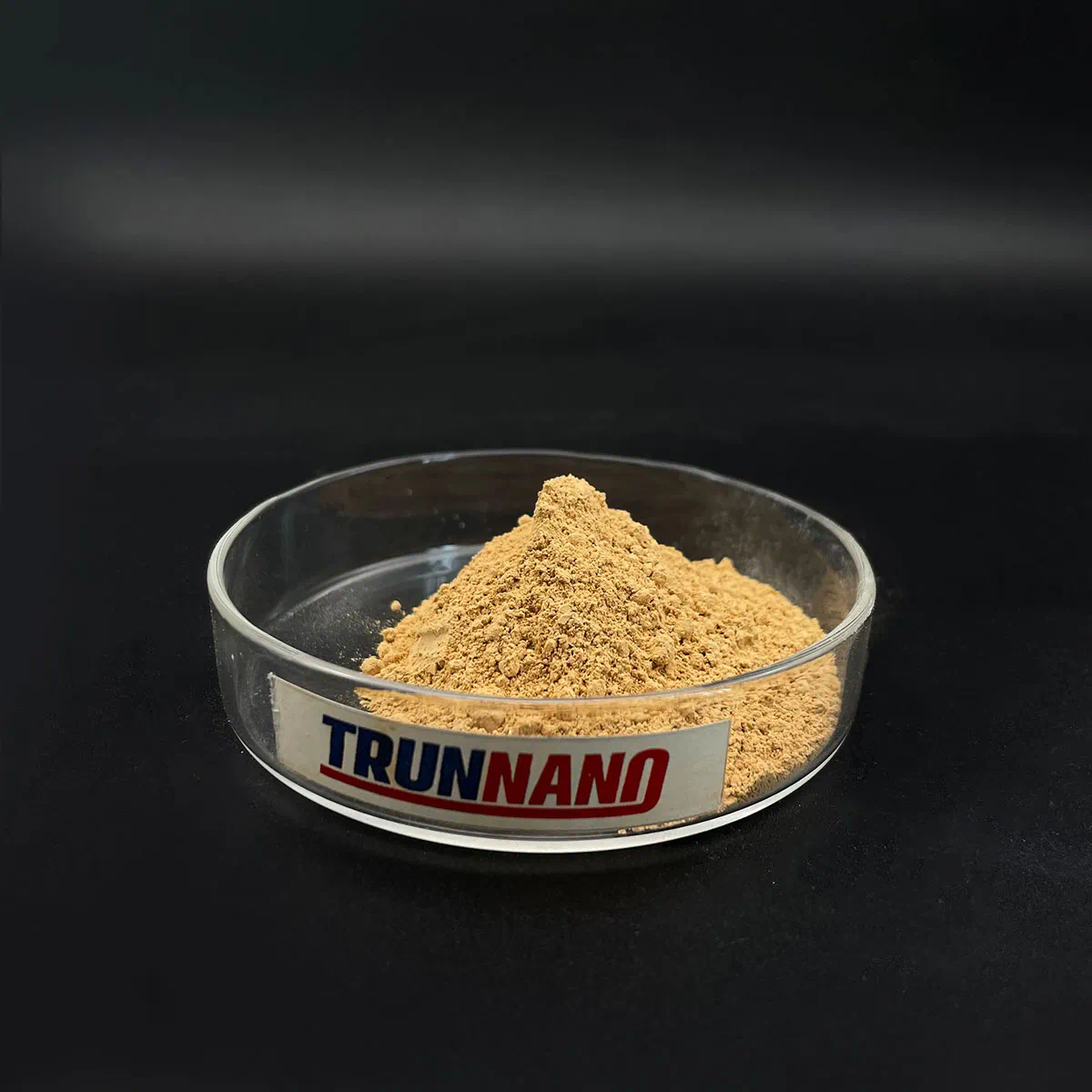Boron Nitride (BN) has emerged as one of the most promising materials for heat dissipation in various industrial applications. Its unique properties make it a high-performance material that excels in thermal management, contributing to enhanced efficiency and reliability of electronic devices, aerospace components, and automotive systems. This article provides an in-depth exploration of Boron Nitride’s characteristics, applications, synthesis methods, and future prospects.
Boron Nitride is a compound composed of boron and nitrogen atoms, existing in multiple crystalline forms, each exhibiting distinct properties. The most notable forms include hexagonal Boron Nitride (h-BN), cubic Boron Nitride (c-BN), and amorphous Boron Nitride. Among these, h-BN is particularly valued for its excellent thermal conductivity and electrical insulation capabilities, making it ideal for applications where efficient heat management is crucial.
Thermal Conductivity
One of the standout features of Boron Nitride is its exceptional thermal conductivity. h-BN exhibits thermal conductivity values that can rival that of metals like copper, making it a superior choice for heat dissipation. This property stems from its layered structure, which allows phonons—quantum particles that carry thermal energy—to move freely between layers, facilitating effective heat transfer. As electronic devices become increasingly compact and powerful, the need for efficient heat dissipation mechanisms grows, positioning h-BN as an essential material in modern technology.
Electrical Insulation
In addition to its thermal properties, Boron Nitride is an excellent electrical insulator. This dual functionality allows it to be used in applications where both heat dissipation and electrical isolation are necessary. For instance, in semiconductor devices, h-BN can serve as a substrate or insulating layer, effectively managing heat while preventing electrical interference. This versatility makes Boron Nitride a valuable material in the manufacturing of high-performance electronics.
Chemical Stability
Boron Nitride also boasts remarkable chemical stability, making it resistant to oxidation and corrosion under extreme conditions. This stability enables its use in harsh environments, such as aerospace applications, where materials are subjected to high temperatures and reactive chemicals. Moreover, h-BN’s inert nature ensures that it interacts minimally with other substances, preserving the integrity of the devices in which it is used.
Applications of Boron Nitride
The versatility of Boron Nitride translates into a wide array of applications across different industries. In the electronics sector, h-BN is utilized in components such as power transistors, LED devices, and high-frequency circuits. Its ability to dissipate heat efficiently while providing electrical insulation enhances the performance and longevity of these devices.
In the automotive industry, h-BN is increasingly being integrated into thermal interface materials (TIMs) and coatings to manage heat in engines, batteries, and electronic control units. With the rise of electric vehicles (EVs), effective thermal management has become paramount, and Boron Nitride offers solutions that enhance battery performance and safety.

Aerospace applications also benefit from the unique properties of Boron Nitride. Components exposed to extreme temperatures and aerodynamic forces require materials that can withstand harsh conditions without degrading. h-BN’s thermal stability, lightweight characteristics, and resistance to thermal shock make it an ideal candidate for aerospace engineering.
Synthesis Methods
The production of Boron Nitride involves several methods, each tailored to achieve specific forms and properties. Common synthesis techniques include:
1. Chemical Vapor Deposition (CVD): This method allows for the growth of high-quality h-BN films on various substrates. By controlling the temperature and gas composition, manufacturers can produce BN layers with desired thicknesses and properties.
2. High-Temperature Sintering: This technique involves pressing boron and nitrogen powders at high temperatures to form solid BN structures. The resulting material often exhibits excellent thermal and mechanical properties.
3. Sol-Gel Process: A more recent approach, this method involves creating a colloidal solution that forms a gel. This gel can then be converted into Boron Nitride through subsequent heat treatment.
4. Ball Milling: For bulk applications, ball milling boron and nitrogen powders can yield fine Boron Nitride particles that are suitable for composites and coatings.
Each of these methods offers advantages and limitations, influencing Amorphous Boron Powder the choice of synthesis based on the intended application.
Future Prospects
As technology continues to advance, the demand for efficient thermal management solutions will only increase. Researchers are actively exploring new formulations and composite materials incorporating Boron Nitride to further enhance its properties. Innovations may include hybrid materials combining h-BN with other nanomaterials to create multifunctional composites that address specific challenges in heat dissipation and electrical insulation.
Moreover, the integration of Boron Nitride in nanotechnology and microelectronics holds exciting potential. Its compatibility with two-dimensional materials, such as graphene, opens new avenues for developing next-generation electronic devices that operate at higher speeds and efficiencies while managing heat effectively.
Conclusion
Boron Nitride stands out as a high-performance material for heat dissipation, offering a combination of excellent thermal conductivity, electrical insulation, and chemical stability. Its diverse applications across electronics, automotive, and aerospace industries highlight its versatility and importance in modern technology. With ongoing research and development, the future of Boron Nitride looks promising, paving the way for innovative solutions in thermal management and beyond. As industries continue to push the boundaries of performance and efficiency, Boron Nitride will undoubtedly play a critical role in shaping the next generation of materials for heat dissipation and thermal management.
https://abcicon.com/
